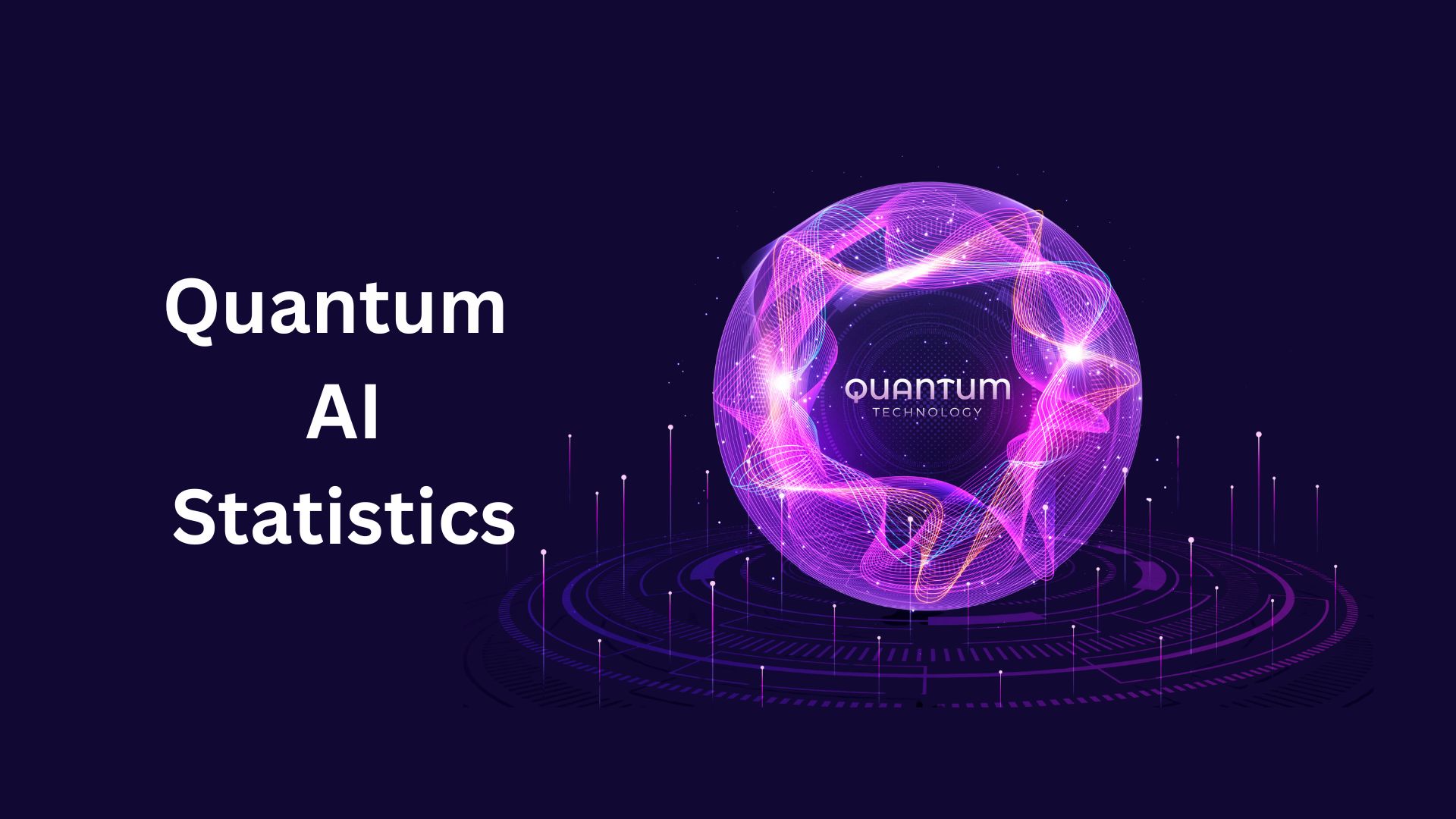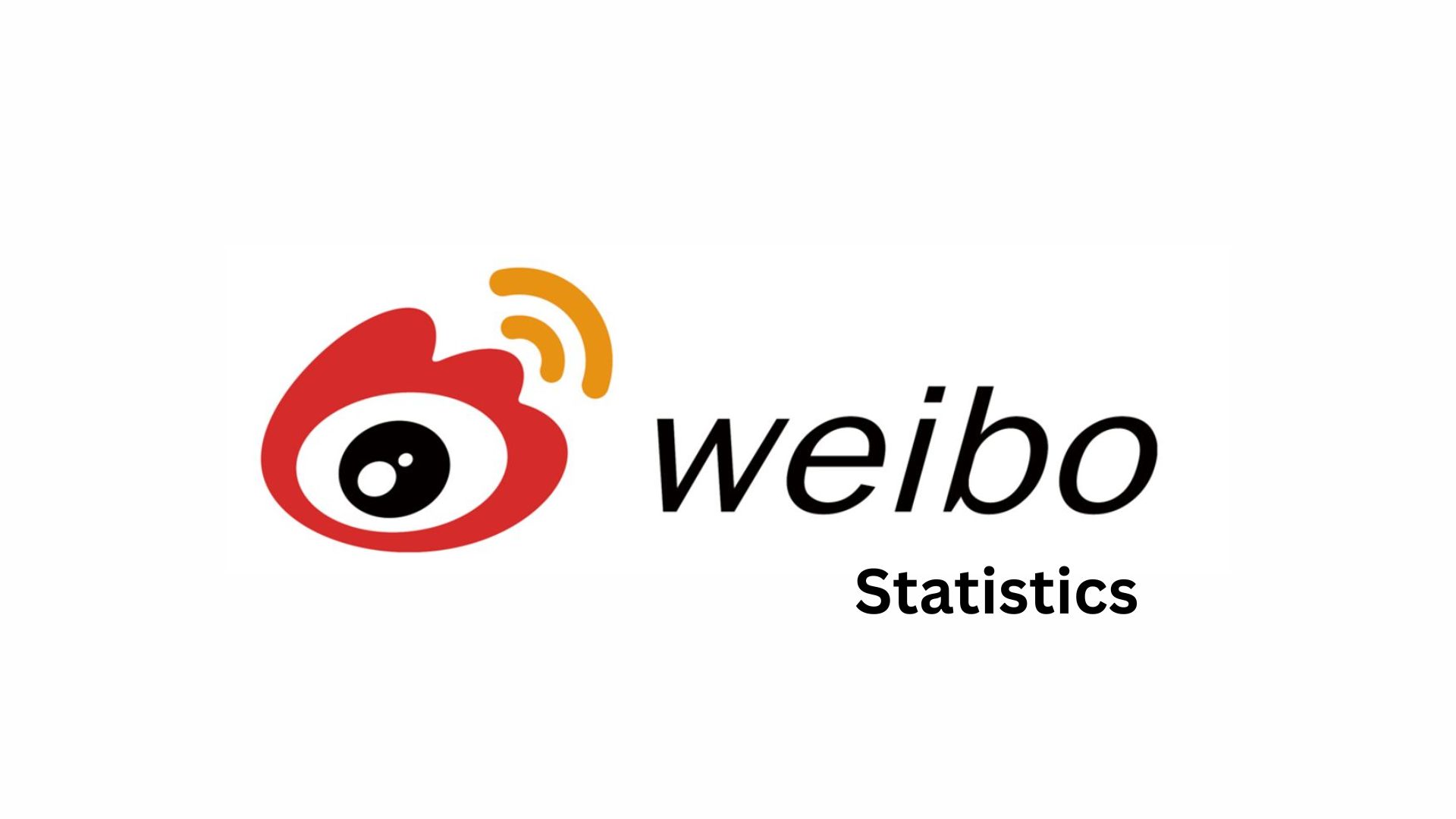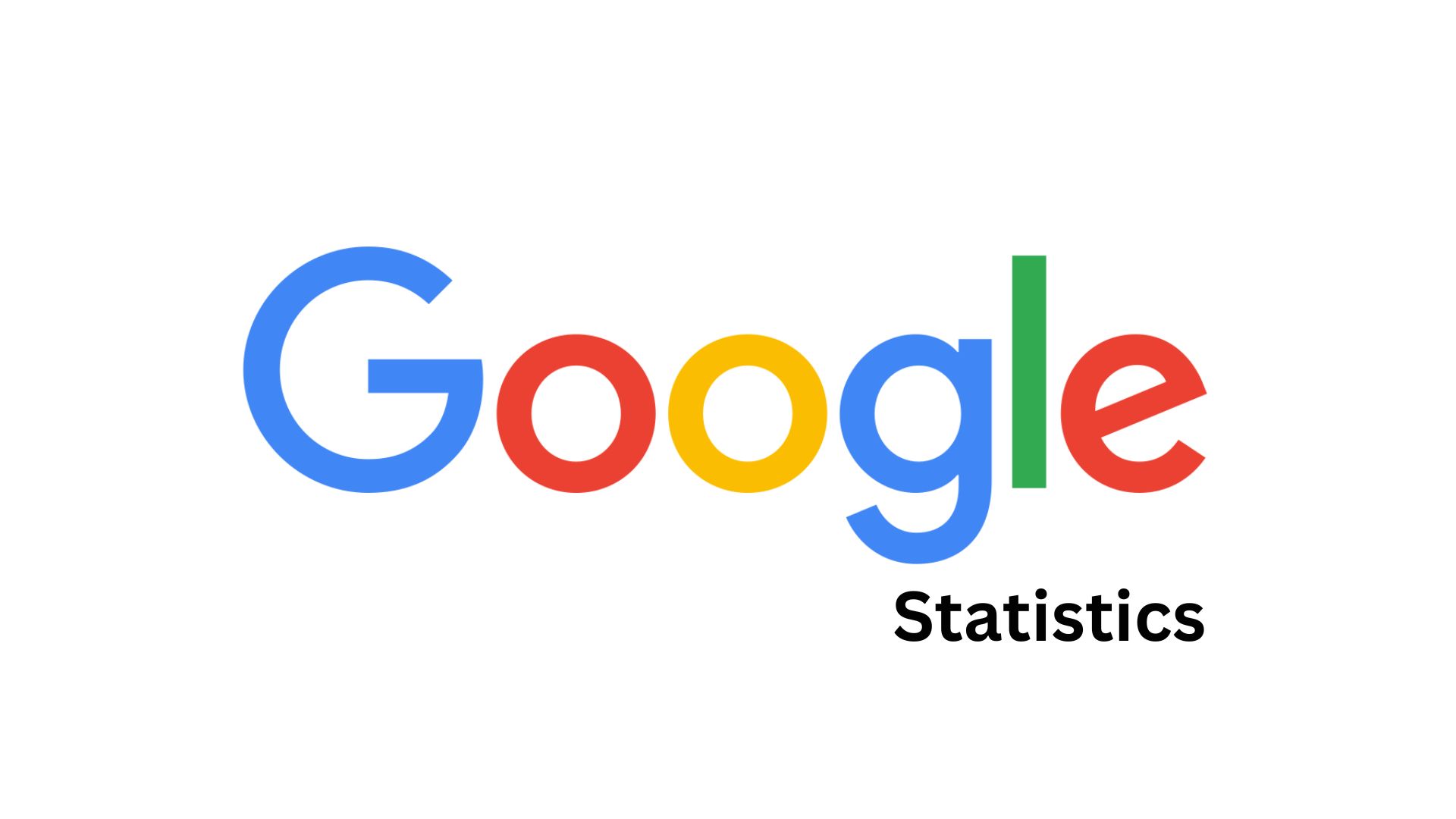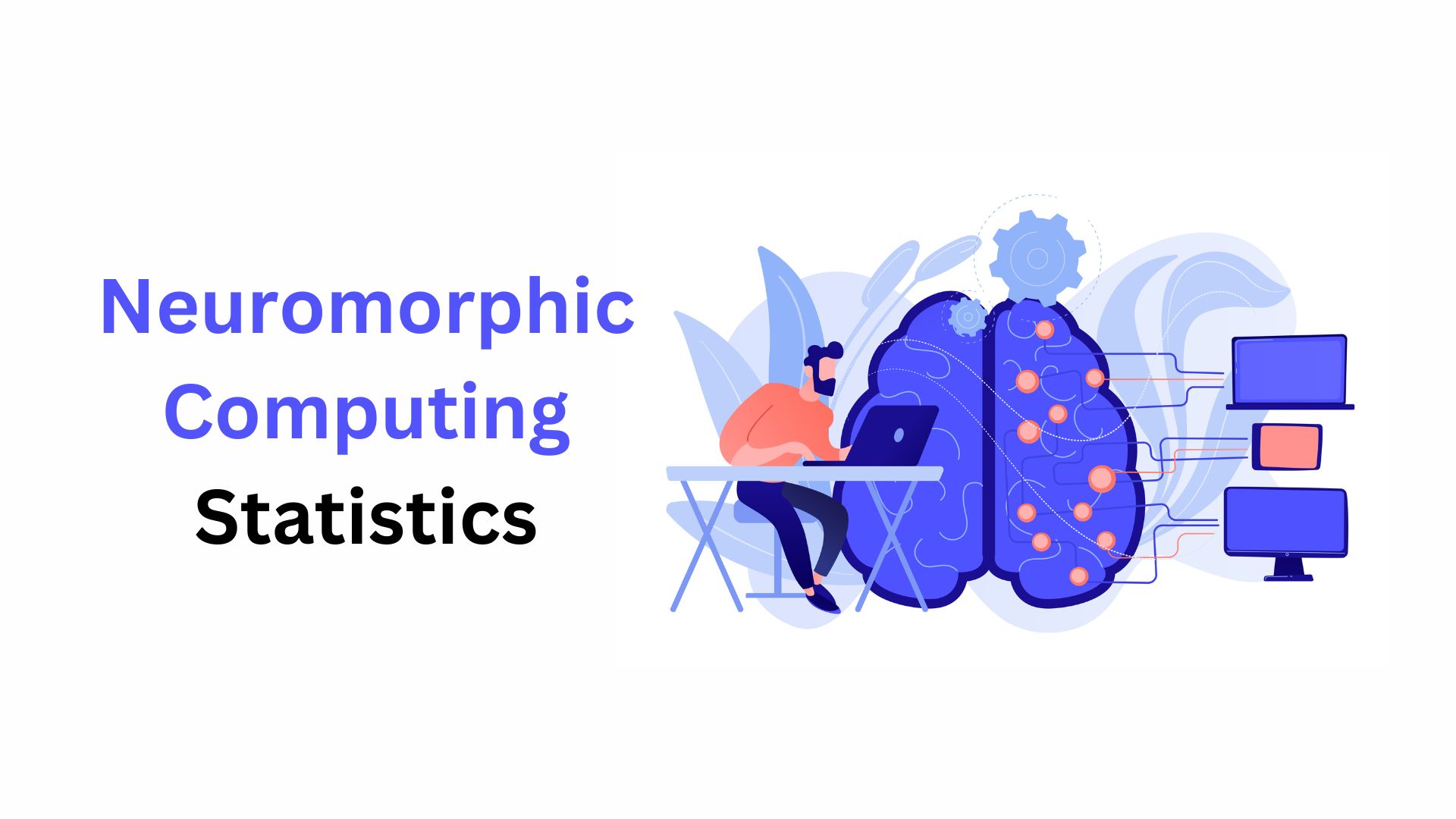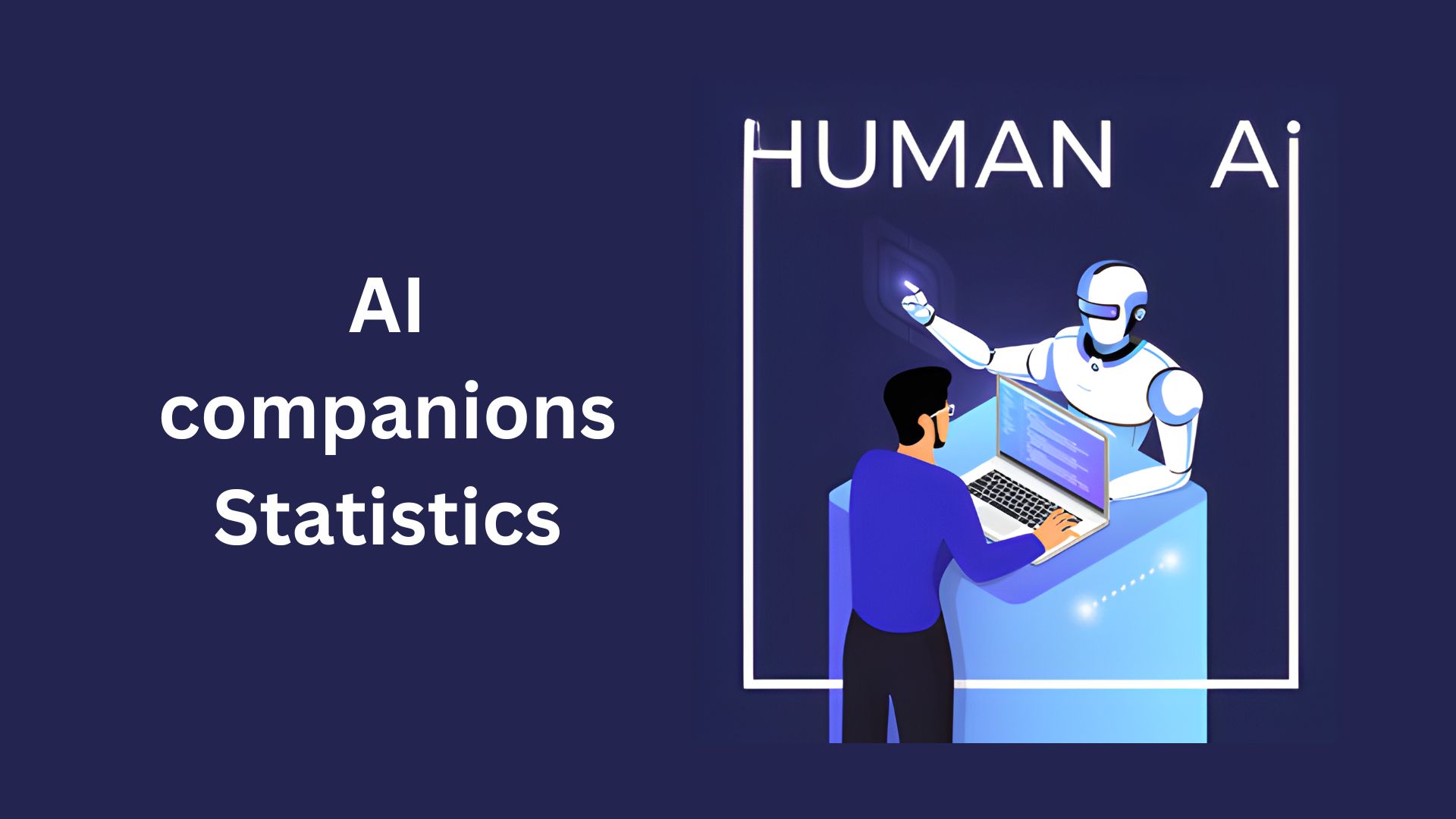Database Security Statistics and Facts: By Market Share, Type, Region, Segmental, Trends, Responsibility and Recent Developments (2025)
Updated · Sep 24, 2025
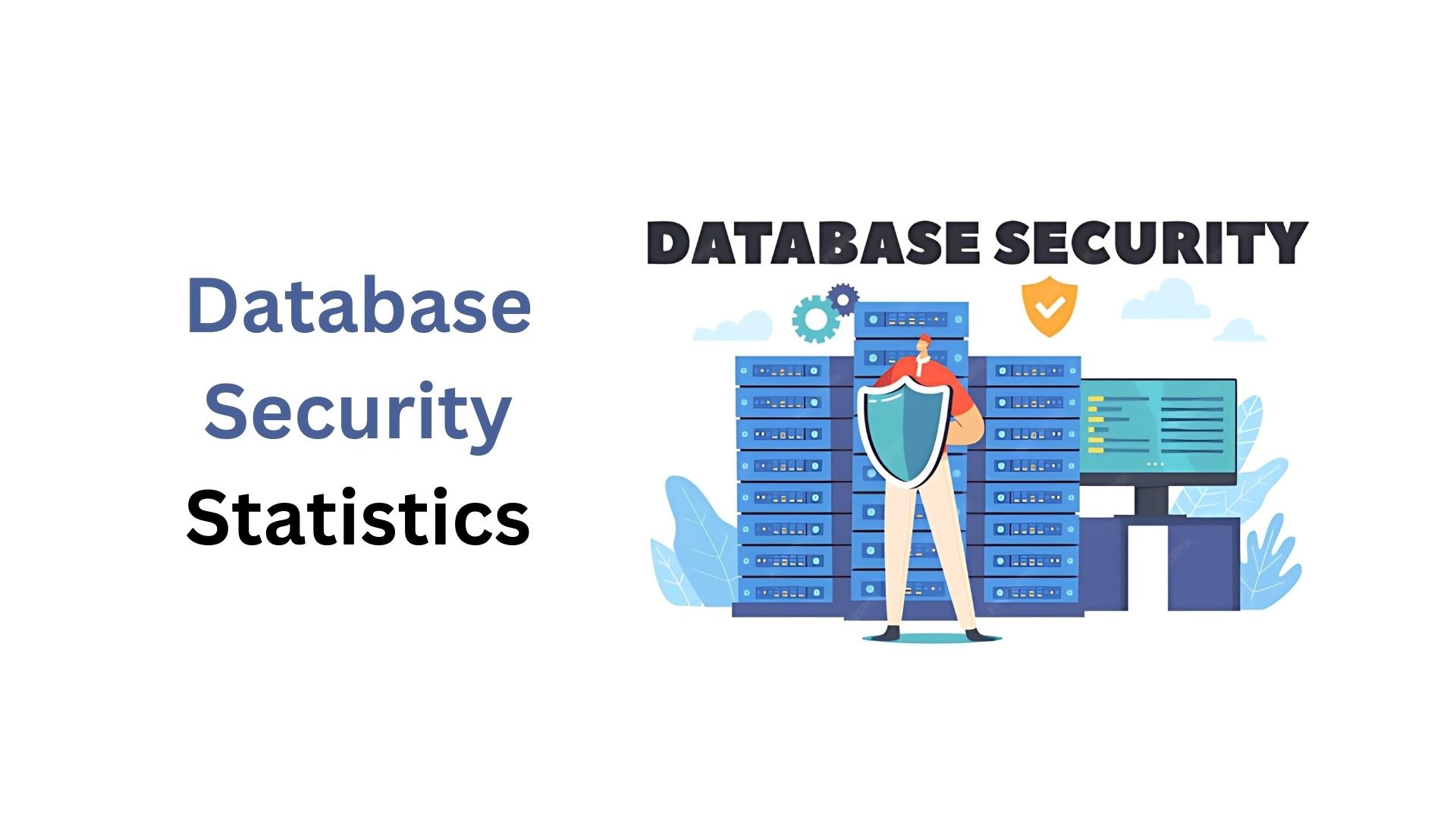
Table of Contents
- Introduction
- Editor’s Choice
- Database Security Market Statistics
- Database Security Market Statistics in the United States
- Types of Database Security
- Database Security Segmental Statistics
- Drivers Impacting the Global Data Security Market Trends
- Database Security Statistics by Responsibility
- Threats to Database Security
- The Top 10 Database Security Issues Statistics
- Best Practices of Database Security to Defend Organizations
- Total Data Breach Costs by Country in 2025
- Database Security Adoption by Industry
- Recent Developments in Database Security
- Conclusion
Introduction
Database Security Statistics: In the modern digital age, databases hold very important information such as customer records and financial data. Due to the increasing cyber threats, their complexity is also growing, making safeguarding these systems a major priority for businesses, government organizations, and individual users.
Good database security means using steps to stop unauthorised access, prevent damage to data, and avoid leaks, while also following laws and regulations. Strong protection helps keep important information secure, builds trust, ensures smooth operations, and reduces the risk of costly legal problems or damage to reputation.
Editor’s Choice
- Mordor Intelligence reports that the global market size of data security is expected to reach up to USD 14.70 billion by the end of 2025.
- As of 2024, based on the Database Security components, the solutions segment made up 56.8% of the global data security market.
- Followed by on-premises deployments held 67.4% market share, large enterprises 71.2%, database security 45.3%, BFSI 22.7%, and North America led geographically with 41.3% share.
- In 2025, software led the global database security market, holding a strong position with a 75% share, as per the reports of market.us.
- Databolt works without vaults, processes 4 million tokens per second, and stores sensitive data internally.
- In 2024, the U.S. market value of data security stood at about USD 6.2 billion and is estimated to reach USD 7.1 billion by the end of 2025.
- According to Mordor Intelligence, major vendors in the database security ecosystem include IBM, Microsoft, Oracle, Thales, and Cisco.
- The most common database security issues are Excessive permissions, leading the list, affecting 50% of cases, followed closely by weak passwords at 45%.
- A report published by Help Net Security, database security is mainly handled by the Database group/DBAs, holding 75% responsibility.
- As of 2025, 144 countries have enacted data protection and privacy laws, underscoring the global commitment to safeguarding data, according to Enzuzo reports.
- The Spacelift report shows that more than 60% of organisations faced security issues with public cloud use in 2024.
Database Security Market Statistics
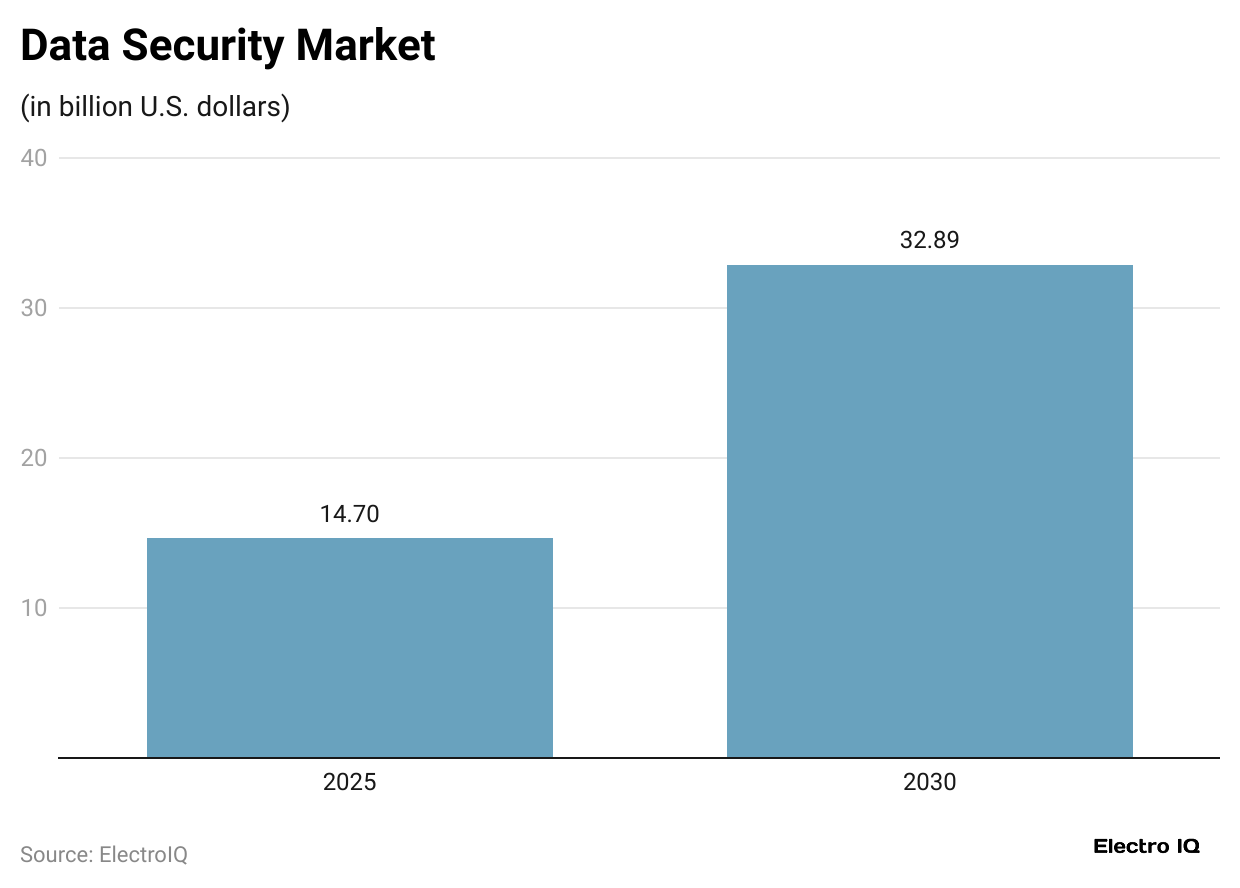
- The above graphical analysis shows that the global market size of data security is expected to reach up to USD 14.70 billion by the end of 2025.
- The market is estimated to reach almost USD 32.89 billion by 2030, with a growth rate of 17.5% CAGR from 2025 to 2030.
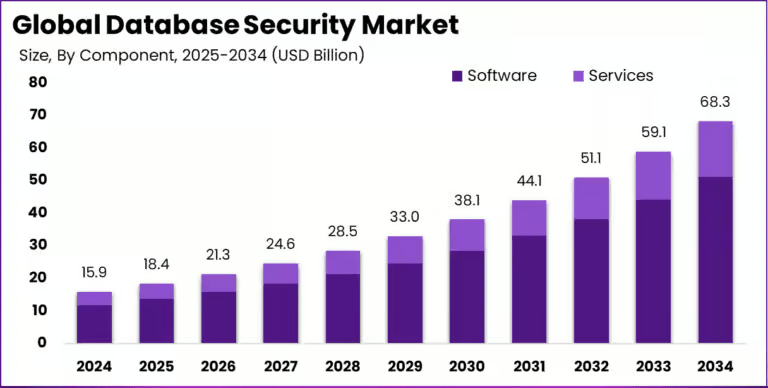
- Comparing the market size as published in the reports of market.us states that the market size of Database Security is estimated to reach USD 18.4 billion.
- The market revenue in the coming years are represented as USD 21.3 billion (2026) USD 24.6 billion (2027), USD 28.5 billion (2028), USD 33 billion (2029), USD 38.1 billion (2030), USD 44.1 billion (2031), USD 51.1 billion (2032), USD 59.1 billion (2033), and USD 68.3 billion (2034).
- The Compound annual growth rate (CAGR) of the market will grow at 15.7% from 2025 to 2034.
Database Security Market Statistics in the United States
- In 2024, the database security market was valued at about USD 6.2 billion and is expected to grow to around USD 7.1 billion by the end of 2025.
- Besides, the market is predicted to reach nearly USD 22.6 billion by 2034, with an annual growth rate of 13.8% between 2025 and 2034.
| Year | Market Size (USD) |
| 2026 |
8.0 |
|
2027 |
9.1 |
| 2028 |
10.4 |
|
2029 |
11.8 |
| 2030 |
13.5 |
|
2031 |
15.3 |
| 2032 |
17.4 |
|
2033 |
19.8 |
Types of Database Security

- Physical Security ensures that database servers are kept in secure facilities to prevent unauthorised physical access.
- Network security keeps data safe from hackers or spying while it moves through a network.
- Access control allows only approved people to use the database, using logins and setting permissions.
- Data encryption hides stored or shared information, so it cannot be read without the right key.
- Auditing and logging record everything happening in the database, helping find strange activities and follow rules.
Database Security Segmental Statistics

- Mordor Intelligence reports of 2024 show that, based on components, the solutions segment made up 56.8% and the services segment with 43.2% of the global data security market share.
- Meanwhile, the services segment will expand at an annual rate of 18.7% CAGR from 2025 to 2030.
Furthermore, other categorical analyses of database security are stated in the table below:
| Segment based on | Market Share 2024 | CAGR (from 2025 to 2030) |
| Deployment mode | On-premises (67.4%) | Cloud deployments (19%) |
| Organization size | Large Enterprises (71.2%) | SME segment
(19.2%) |
| Application | Database Security (45.3%) | DevOps and Container Security (18.4%) |
| End-user industry | Banking, Financial Services and Insurance (22.7%) | Healthcare and Life Sciences (17.9%) |
| Geography | North America (41.3%) | Asia-Pacific (18.3%) |
Drivers Impacting the Global Data Security Market Trends
- mordorintelligence.com further represents that the rising adoption of multi-cloud environments is increasing the need for cloud-based, data-focused security tools, adding around 3.2% to overall growth.
- Stricter privacy regulations are fueling demand for data discovery and classification solutions, boosting CAGR by 2.8%.
- Hardware-driven confidential computing is moving beyond pilots, adding 2.1%.
- AI-enabled tracking shortens breach detection and reduces audit costs, contributing 2.4%.
- Tokenisation is gaining ground in open-banking APIs and instant payment systems, raising growth by 1.9%.
- Early quantum-safe cryptography use in government and telecom adds 1.8%.
Database Security Statistics by Responsibility
- A report published by Help Net Security, database security is mainly handled by the Database group/DBAs, holding 75% responsibility.
- The IT security group follows at 45%, while IT operations handle 27%.
- Systems management teams contribute 22%, and development teams are involved at 17%.
- The applications group plays a smaller role at 12%.
- A very small portion, 1%, believe no one is responsible, another 1% are unsure, and 2% attribute it to other sources.
Related read: Zero Trust Security Statistics
Threats to Database Security
- SQL Injection: Happens when attackers put harmful code into web applications, which then reaches the backend database.
- Denial of Service (DoS): Overloads the database server, slowing it or making it unreachable.
- Database Misconfigurations: Hackers target databases with weak or default settings.
- Poor Sensitive Data Management: Failing to protect important data leaves it open to attacks.
- Weak Audit Trails: Not tracking database activity properly makes detecting and investigating security issues harder.
The Top 10 Database Security Issues Statistics
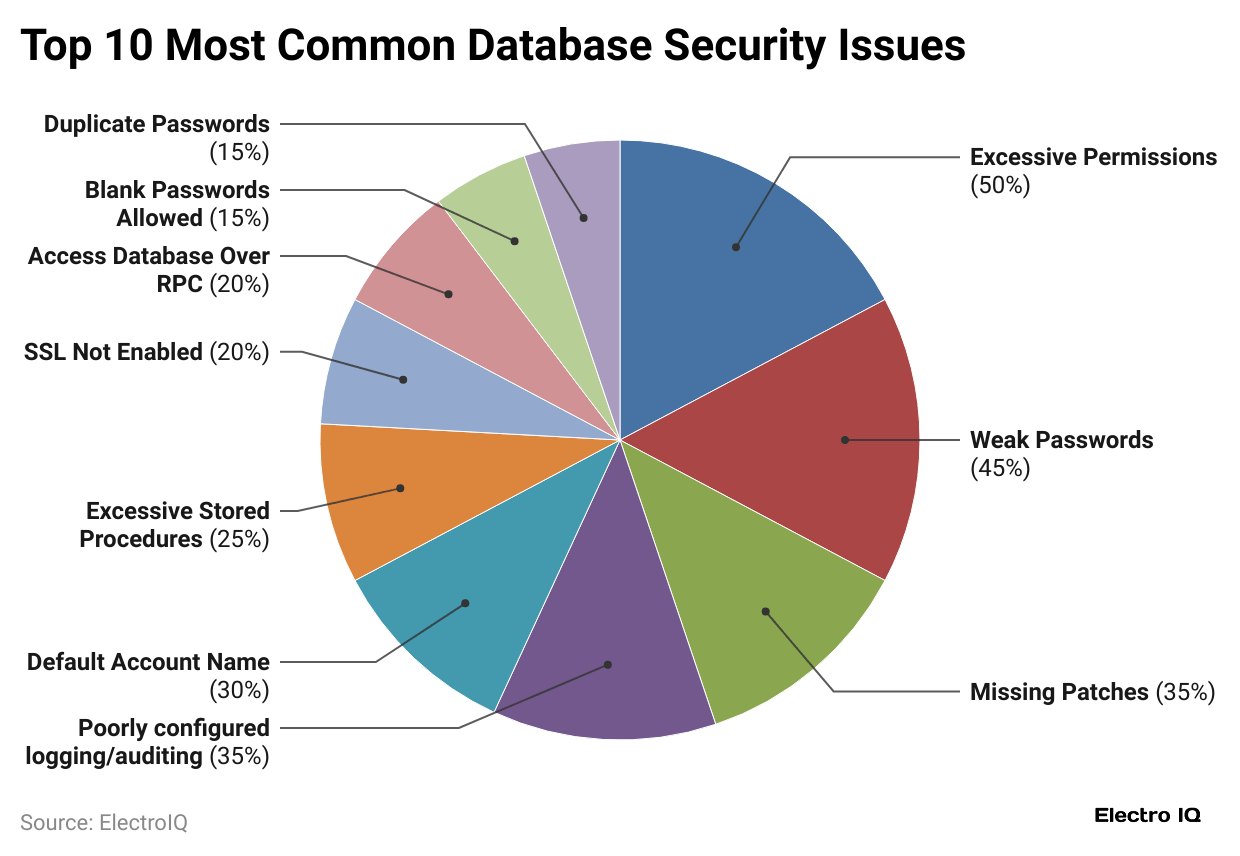
- The most common database security issues are Excessive permissions, leading the list, affecting 50% of cases, followed closely by weak passwords at 45%.
- Missing patches and poorly configured logging or auditing each account for 35%, while default account names affect 30%.
- Excessive stored procedures are found in 25% of cases.
- Additionally, SSL not being enabled and accessing databases over RPC each occur in 20% of incidents.
- Blank passwords and duplicate passwords are less frequent but still significant, each present in 15% of cases.
Best Practices of Database Security to Defend Organizations
- Strengthen database management systems.
- Monitor all database activities.
- Encrypt confidential information
- Check for weaknesses and misconfigurations
- Give users only the access they need
- Set clear rules for security and compliance
Total Data Breach Costs by Country in 2025
- In the United States, each data breach costs about USD 9.5 million on average. The total loss from breaches in the country is more than USD 150 billion every year.
- In the United Kingdom, the cost of one breach is around USD 5.6 million on average.
- In Germany, a typical breach costs about USD 4.2 million.
- In Australia, each data breach costs roughly USD 4 million on average.
- In India, the cost per breach is lower compared to other countries, but it adds up to around USD 13 billion in total losses annually.
Database Security Adoption by Industry
- According to a report published by Data Intelo, the BFSI sector leads in using database security tools because of strict rules and the need to protect very sensitive data.
- Healthcare is next, spending a lot on encryption, access controls, and monitoring to keep patient records safe and follow laws like HIPAA.
- Retail and e-commerce are quickly increasing their use of database security due to rising cyber threats and rules like PCI-DSS to protect customer data.
- IT and telecom companies are also investing heavily in advanced database monitoring as data grows and new threats come from IoT and 5G networks.
- Government agencies focus on encryption and access monitoring to secure important data and meet national security needs.
- Small and medium businesses are also showing more interest, helped by affordable, scalable cloud-based security solutions that support compliance.
Recent Developments in Database Security
- As of 2023, Forbes reports stated that the increasing adoption of AI for threat detection in databases enables the detection of anomalous behaviors and potential intrusions faster and more accurately.
- TechRepublic also shows that Zero Trust Architecture gains traction in database security, which enforces strict identity verification for every user and device.
- In 2024, advances in encryption techniques for cloud databases for improved homomorphic encryption and secure multi-party computation techniques are expected, as mentioned by IBM Security.
- Gartner also stated that in 2024, the rise of Database Activity Monitoring (DAM) solutions will provide real-time monitoring, auditing, and alerts on database activities, improving compliance and threat response.
- CSO Online reports of 2025 state that integration of blockchain for database integrity and audit trails to create tamper-proof audit logs and verify data integrity across distributed database systems.
Conclusion
Database security is more important today because cyber attacks are increasing, and more sensitive data is stored digitally. New technologies like AI-based threat detection, zero-trust security models, better encryption, real-time monitoring, and blockchain are helping to protect databases better. These tools help companies keep their data safe, follow rules, and lower the chance of attacks from outsiders or insiders. To stay protected in the future, businesses must keep updating their security methods and invest in the latest technology to handle the growing risks.
Sources
FAQ.
Create and enforce a strong password policy, encrypt stored password hashes, lock accounts after multiple failed logins, and deactivate accounts when employees change roles or leave the company.
Keeping databases secure is vital to protect data, build customer trust, follow laws, and prevent money or reputation loss.
There is no single “best” database for security, but some, like Oracle Database, Microsoft SQL Server, and PostgreSQL, are known for strong security features.

Maitrayee Dey has a background in Electrical Engineering and has worked in various technical roles before transitioning to writing. Specializing in technology and Artificial Intelligence, she has served as an Academic Research Analyst and Freelance Writer, particularly focusing on education and healthcare in Australia. Maitrayee's lifelong passions for writing and painting led her to pursue a full-time writing career. She is also the creator of a cooking YouTube channel, where she shares her culinary adventures. At Smartphone Thoughts, Maitrayee brings her expertise in technology to provide in-depth smartphone reviews and app-related statistics, making complex topics easy to understand for all readers.





